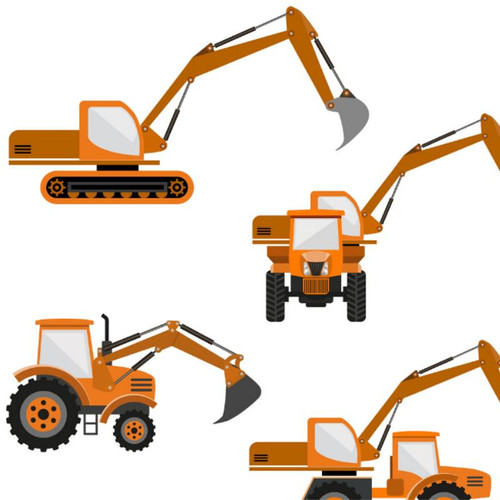Carpentry is a trade that involves various high-risk activities, from using power tools to handling heavy materials. Common hazards and risks in carpentry include:
1. Cuts and Lacerations: Sharp tools and materials can cause serious injuries if not handled properly.
2. Falls from Heights: Working on ladders or scaffolding poses a significant risk of falls.
3. Electrocution: Power tools and equipment can lead to electrical hazards if not used correctly.
4. Crushing Injuries: Heavy objects or equipment can cause severe injuries if they are not managed safely.
5. Respiratory Problems: Inhaling dust and other airborne particles can lead to long-term health issues.
To mitigate these risks, carpenters should adhere to safe work procedures, such as wearing personal protective equipment (PPE), using tools and equipment safely, and following proper lifting techniques. Employers must ensure that workers are adequately trained and supervised, and that the worksite is well-maintained and free from hazards. By implementing these safety measures, the risks associated with carpentry can be significantly reduced, creating a safer work environment for everyone involved.
